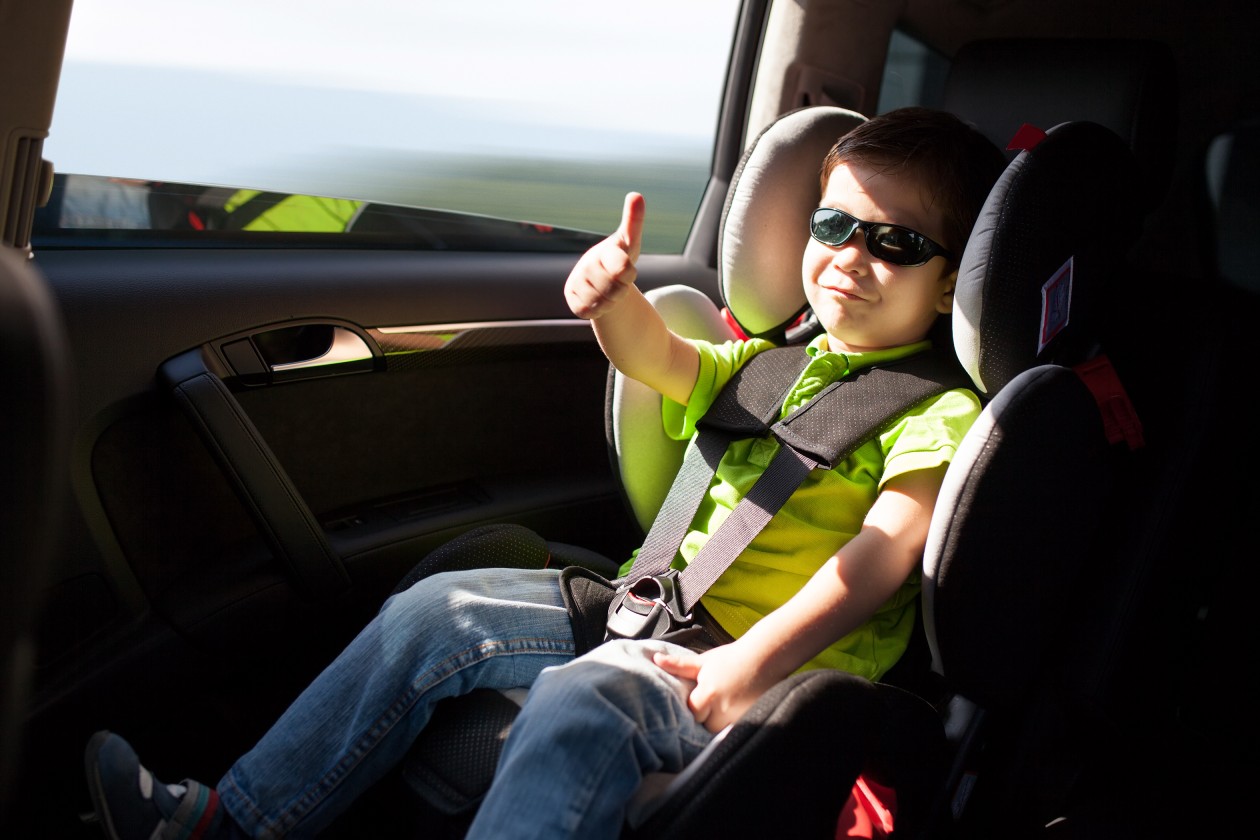Keep your children safe by using the correct car seat
Correctly installed car seats cut chances of death by up to 71 percent

The National Highway Traffic Safety Administration is urging drivers with young children to ensure they are keeping them safe in the car by buckling them up using the correct car seat for their age and size.
Make sure they are correctly buckled up even on short rides. Doing so, the administration says, could save their lives.
Read More »This message is being emphasized by the administration because automobile crashes continue to be a leading cause of children’s deaths. The latest data show that every 25 seconds a child is involved in a car crash while riding in a passenger vehicle.
When car seats are correctly installed and used they can cut the chances of death by 71 percent for infants and 54 percent for toddlers, according to data from the NHTSA.
Vital to be prepared
Parents or caregivers never want to imagine that their child will be involved in an automobile crash, says Dr. Steven Cliff, acting administrator of the NHTSA. It is vital, however, to be prepared, he adds.
Taking time to make sure you have a car seat for your children that is the correct size—and is properly installed—can protect them in the case of a crash, Cliff says.
Parents should make sure that they use the right seat on every journey, every time.
Public service ads
The issue is considered to be so important that the administration has teamed up with the Ad Council to produce public service advertisements aimed at reminding parents to ensure they keep their children safe in the car.
Even though parents and caregivers have a lot going on these days, it is vital that they get the big things right, says Michelle Hillman, chief campaign officer at the Ad Council.
The advertisements are directed at reminding parents and caregivers who are committed to doing everything flawlessly when it comes to their children that they should look at the big things as well as at the small things.
It it easy to get caught up in making sure that small things are taken care of, but you should not take chances when it comes to a life-saving action such as using and installing car seats that are right for the child and for the car, the advertisements suggest. After all, life is full of small setbacks, such as turning the washing pink by accident or worrying about messy rooms and milk that is spilled.
Reminder to parents
Little things happen throughout the day, adds Jim Stallman, SVP and executive creative director at Leo Burnett, the company that produced the ads on a pro bono basis for the National Highway Traffic Administration.
Parents might lose focus on what is really important: Keeping their children safe, he adds.
The ads, told in visual stories, are directed as a reminder to parents that they do not need to be perfect in every little thing as long as they nail the major things, such as car seat use.
The ads will direct parents to places where they can obtain help on finding the right car seats for their children.
What to look for
Tips from the NHTSA for parents when it comes to finding and using the right car seat:
• As children become older, the way in which they sit in a car will change. Make sure you change the type of seat for your child at the right time.
• Ensure that you obtain the car seat that fits correctly in your vehicle. Not all car seats are made to fit in all cars. It is a good idea to test a car seat before buying it to make sure it fits correctly in your car. If you buy a new car, make sure the car seat fits in that car.
• Make sure you use the car seat every time you place your children in the car. Resist the temptation to avoid putting them in the seat if you are in a hurry. It could well be worth taking the time to buckle them up.
• Refer to the owner’s manual on installing the car seat using the lower anchors or seat belt. A tether should be used if one is available.
• To ensure maximum safety, keep your child in a car seat as long as they fit within the height and weight requirements set by the manufacturer.
• A rear-facing seat is best for children from birth to up to three years or until the child reaches the maximum weight or height limit set by the manufacturer. It is equipped with a harness so that in a crash it will move with your child to cushion the stress placed on the child’s delicate neck and spinal cord.
• A car seat that is forward facing should be used from age one to seven or until your child reaches the maximum weight or height limit set by the manufacturer. It will limit your child’s movement forward in a crash.
• A booster seat should be used once a child is too big for a forward-facing seat or from the age of four. It should be used until the age of 12 or until the child is big enough to fit properly in a seat belt. The seat should be positioned so that it fits over the stronger areas of your child’s body.
• A seat belt can be used from the age of eight if the child has outgrown the booster seat. It should lie over the upper thighs and fit snugly over the chest and shoulder to safely restrain your child in a crash. It should not rest across the face or neck or on the stomach.





